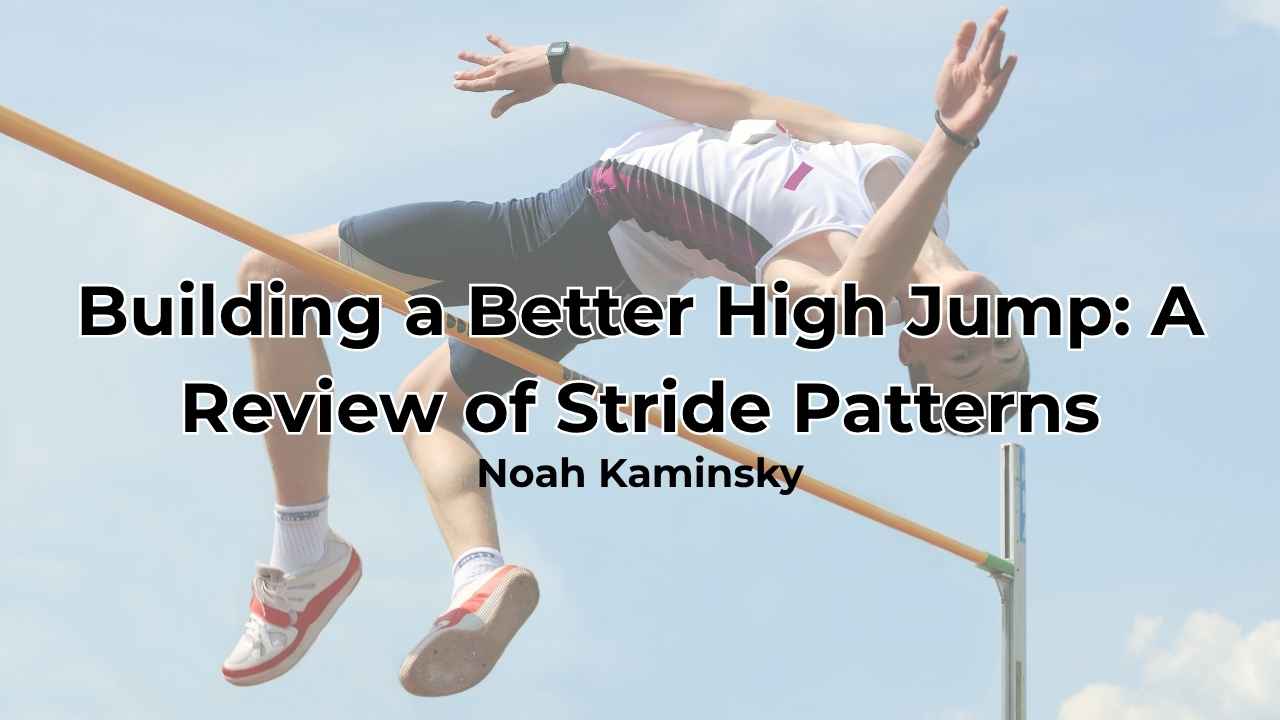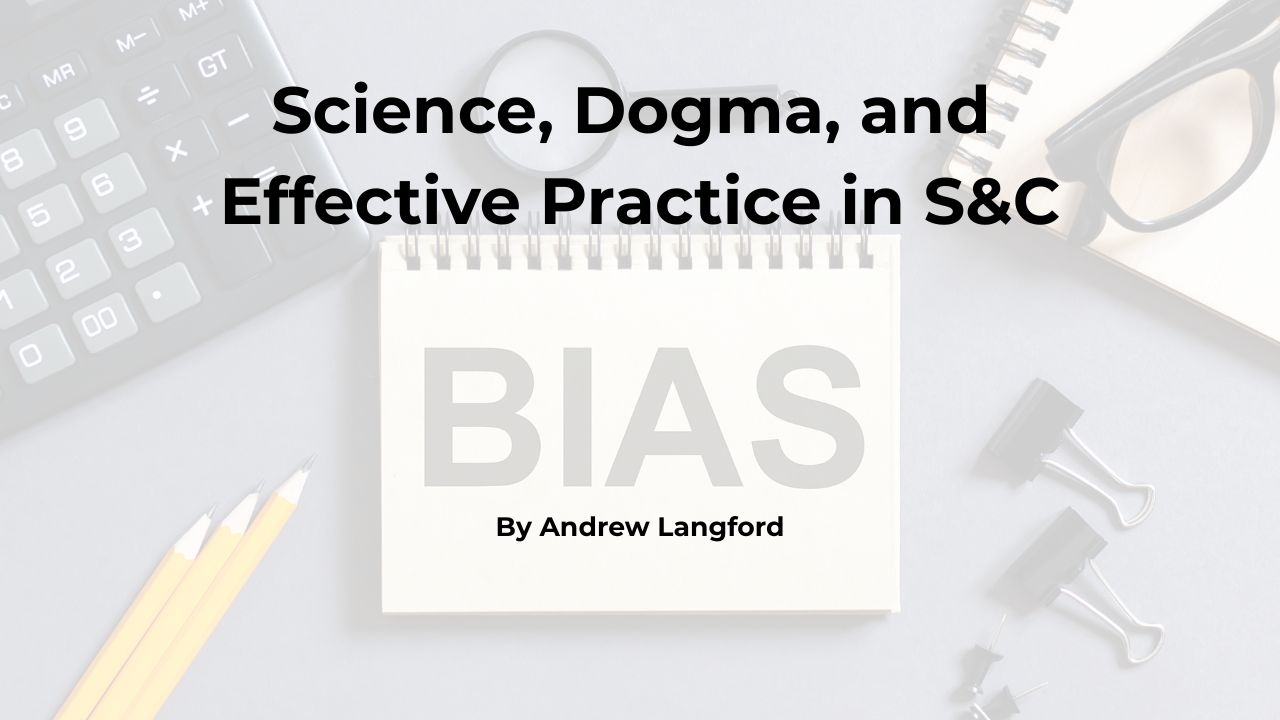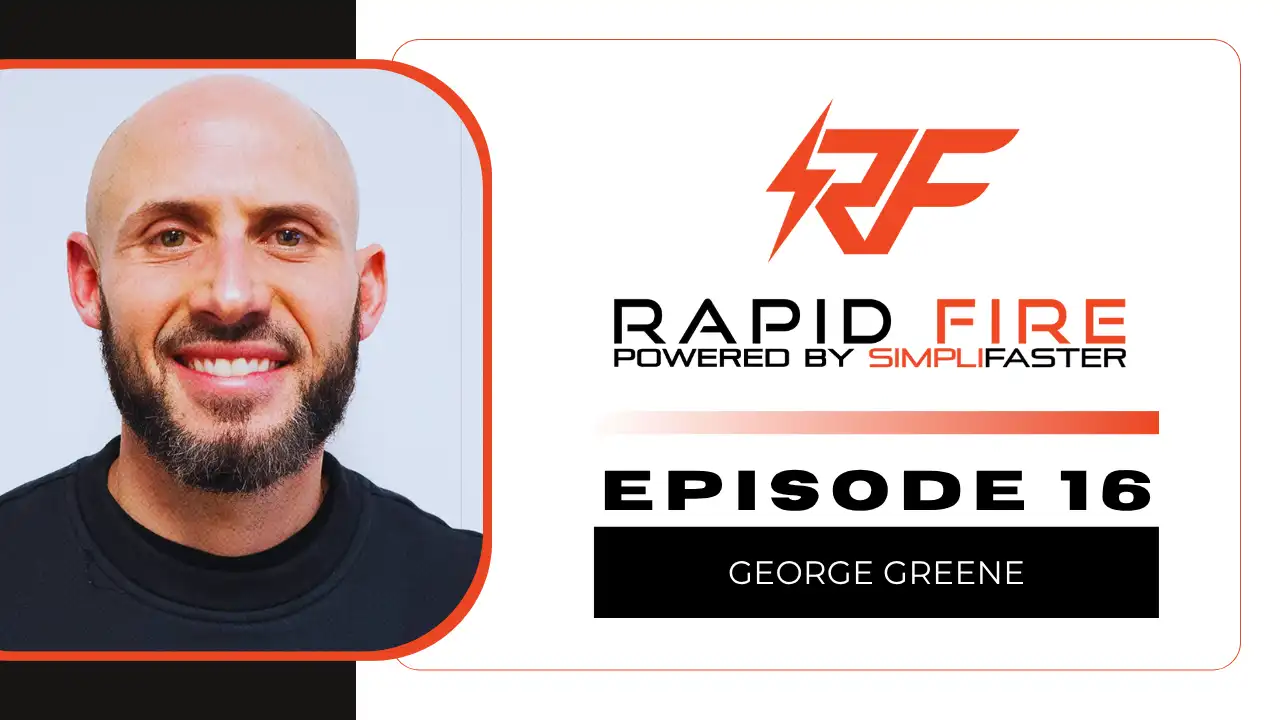[mashshare]
High-level sport often consists of skills that are applied within a fluid environment: There are numerous players moving and changing positions in space, and players have to continually make split-second decisions and execute them properly. In soccer, for example, the player with the ball has to know where his teammates and opponents are, judge where they will move to and at what pace, and then determine how to strike the ball in order to execute the perfect pass. This process happens quickly, and the player rarely has time to consciously carry out this skill.
There are, however, other key moments in sport that aren’t as fluid or reactive in nature. Instead, the player has plenty of time to make a decision, which also allows for plenty of time to think about what is going to happen. This can increase the cognitive load on the player, and lead them to second-guess the next steps, which may result in choking.
The penalty kick in soccer is a great—and highly relevant—example of this. Instead of receiving the ball in a reactive situation, here the skill is closed and prolonged: There is the wait for the ball to be placed on the penalty spot and for the keeper to become settled. Starting the kick is also relatively self-timed—after the referee blows the whistle, the player can decide when to start the action, which again reduces the fluid nature of the process, creating time for additional thoughts to creep in.
High Pressure and Penalty Kicks
I first got into soccer around 1995, making the first real international tournament I watched Euro 96, the 1996 European Championships. The competition was held in England, so I excitedly supported my home nation. I remember that tournament fondly: I can recall the group stage wins over Scotland and the Netherlands, and I remember the penalty shoot-out win in the quarter final against Spain. I can also vividly remember the semi-final against Germany, which England lost on penalties following a 1-1 draw.
It wasn’t the first time England was eliminated from a tournament following a penalty shoot-out—the same had happened at the 1990 World Cup, also against Germany. It also wouldn’t be the last time England would lose on penalties: We were eliminated from the 1998 World Cup against Argentina; the 2004 European Championships and 2006 World Cup, both against Portugal; and the 2012 European Championships against Italy, following an unsuccessful penalty shoot-out.
England, having been eliminated from six tournaments following a penalty shoot-out, is generally considered to be the worst team in the world when it comes to performing well in this situation. They have only won 14% of their penalty shoot-outs, with a conversion rate of 67%—i.e., in shoot-outs, they tend to miss a third of their penalties. As such, losing on penalties is now considered “the English disease.”
‘The British Disease’
Of course, penalty shoot-outs in soccer are not the only sporting event where Great Britain has a long-term failure rate; for a while, we were also unsuccessful at the 4x100m relays. Such failure can be incredibly frustrating, because the Great Britain team can be exceptionally successful at times, winning the Olympics in 2004 and the World Championships in 2017 with a European Record.
However, an incredibly lean period came between these two successes, in which the GB men’s 4×100 team was disqualified or failed to finish on five occasions (the 2008 and 2012 Olympic Games, and the 2011, 2013, and 2015 World Championships), failed to make the final at the 2010 European Championships, and only qualified for the final of the 2016 Olympics as the fastest loser. Prior to Olympic success in 2004, there were some additional failures, including disqualifications at the 2001 World Championships and the 1996 and 2000 Olympic Games. As much as losing on penalties can be considered “the English disease,” getting disqualified in the relay could be considered “the British disease.”
I obviously had a large part to play in the development of this British disease, as I was responsible for the team getting disqualified at the 2008 Olympic Games, and I was part of the squad at some of those other failures. In 2008, I was running the last leg in the heats of the 4x100m relay, when I left too early. As a result, the incoming athlete was unable to pass me the baton within the changeover zone, and we were disqualified.
Adequate, realistic training is critically important in driving competition performance, says @craig100m. Share on XThis costly mistake led to me examine why it happened, and after lots of analysis, I determined it was due to consistent errors I made during training, where time and time again, I made the same mistake as I did in the race itself. As a result of this continued error in training, the mistake carried over to my competition performance, demonstrating the importance of adequate, realistic training in driving performance.
The Art and Psychology of the Perfect Penalty
Based on this experience, I’ve been very interested in how performance in the sprint relay might be improved, and I try to draw insights from a variety of disciplines—which is perhaps the reason that Twelve Yards: The Art and Psychology of the Perfect Penalty by Ben Lyttleton recently caught my attention. In the book, Lyttleton explores the English disease, and attempts to find potential solutions to improve penalty shoot-out performances. Some of his findings have potential relevance to the sprint relay.
Back in 1996, England’s villain against Germany was Gareth Southgate (now England’s manager), who missed England’s sixth penalty. Southgate was an unusual choice to take a penalty, given that he had only taken ONE—which he had missed—in his career up until that point. He hadn’t even practiced penalties in training leading up to the match.
This is interesting because England actually scored their first five penalties in this shoot-out, indicating that they had good, confident penalty takers, many of whom were the regular penalty takers for their clubs. However, it appears that there was no plan B in place for what would happen if they needed to take an additional penalty, as is the case if teams are still level after five penalties each. There are some obvious lessons here: namely, to ensure a sufficient level of skilled squad depth, and to always have a plan B in place.
Ensure your team has a sufficient level of skilled depth, and always have a plan B in place, says @craig100m. Share on XWhen it comes to the relay, you need to select four people to run four different legs. In an ideal world, these athletes will be highly versatile and able to do a job on each leg if they have to. This means that you would likely focus on general relay skills first—i.e., giving and receiving the baton with both arms (you’d be amazed by how many elite sprinters can’t do this)—and being exposed to different relay legs, before specializing on a specific leg. However, even when specialization occurs, it would likely be a good idea to keep practicing other legs, both to ensure an adequate plan B is in place, and to slightly cross-train the athlete.
Perfect Practice Makes Perfect
Following the penalty shoot-out defeat in 1998, Glenn Hoddle, England’s manager, was quoted as saying, “You can never recreate on the training ground the circumstances of the shoot-out.” In 2012, following another shoot-out defeat, then England manager Roy Hodgson said: “The practicing didn’t help us too much on this occasion… you can’t reproduce the tired legs.”
Such comments are obviously worrying, because you can recreate the tired legs. You can, and should, practice taking penalties while under fatigue—the conditions in which you will have to perform them in competition. Why not take penalties following a fitness-oriented session? Why not induce psychological fatigue in the players prior to a penalty shoot-out practice?
You can, and should, try to replicate the conditions and ‘intangibles’ of competition in training, says @craig100m. Share on XOf course, you can’t exactly replicate the circumstances of a competition within training—particularly, the pressure and tension—but you should be able to get close through a variety of methods. When playing a friendly pre-tournament match, why not arrange a penalty shoot-out immediately afterwards, in the stadium, in front of the fans and TV cameras? Why not replicate the “intangibles” in training: the long walk to the penalty spot from the halfway line; different timings between placing the ball on the penalty spot and the referee’s whistle allowing the penalty to be taken; allowing the goalkeeper to use gamesmanship tactics in an attempt to put the penalty taker off?
In many penalty practice sessions, the players practice under low-pressure situations, with their teammates standing next to them. Such conditions don’t come close to replicating the competitive conditions, so change them!
Again, there are ways this could transfer to practice in the relay. One of the main differences between practice and competition in the relay is that, in practice, changeovers are predominately performed one-on-one. While this is likely the best method for developing the skill, in order to adequately prepare for competition, the athletes need to get used to practicing a changeover under conditions as similar to the race as possible. This means incentivized, competitive changeovers, where the outgoing runner has to focus on the correct incoming athlete, judging their speed relative to everyone else, and listening for their verbal signal to put the hand back, as opposed to having the call lost in the noise from other competitors.
Similarly, like the long walk from the center circle to the penalty spot, waiting for a relay race to start—particularly a high-pressure one—gives plenty of time for negative thoughts to occur. Again, this should perhaps be practiced, as the athlete ideally needs to figure out when they would go into the three-point position, then the set position, relative to what else occurs in the race. This would obviously be different leg to leg.
When running second leg, when the first leg runner was called to their mark, I would set up my three-point stance; as they got about three quarters of the way round the bend, I would go to the set position. Comparatively, when I was running fourth leg, I wouldn’t set up my three-point stance position until the first change had occurred, giving me about 20 seconds to be ready.
Again, such a drill could be set up in practice. Have two pairs undertake a competitive exchange. The outgoing runner has to set up their checkmark and be ready to go by a certain point, and they can’t communicate with their partner or teammates. If they’re running a later leg, you could even simulate the times at which changeovers one and two occur through some sort of symbol, such as a whistle.
A key point throughout The Art and Psychology of the Perfect Penalty is that penalties are often little more than an afterthought in the minds of the players (and managers), up until the time when they need to take them. Don’t allow this to happen with regard to the relay: Be prepared and practice correctly to ensure that you can perform at the level required.
Matt Le Tissier, a former striker for Southampton who only ever missed one penalty, is a great example from the book. He practiced penalties often, and if he hadn’t taken one in a competitive situation for a while, he increased this practice to better prepare himself. He also incentivized practice, by practicing against youth team goalkeepers and giving them money if they saved his penalty.
If training sessions are littered with errors and mistakes, the competition performance will be too, says @craig100m. Share on XUltimately, what happens in practice carries over into competition. If your training sessions are littered with errors and mistakes, the competition performance will be too. Additionally, a lack of realism in training—where players and athletes are subjected to the conditions they will experience in competitions—increases the chances of a mistake occurring. In soccer, this is often a poor replication of both the competition conditions, such as a long walk from the halfway line, and the pressure of the situation. Both of these need to be adequately replicated in order to best prepare players for optimal performance.
Since you’re here…
…we have a small favor to ask. More people are reading SimpliFaster than ever, and each week we bring you compelling content from coaches, sport scientists, and physiotherapists who are devoted to building better athletes. Please take a moment to share the articles on social media, engage the authors with questions and comments below, and link to articles when appropriate if you have a blog or participate on forums of related topics. — SF
[mashshare]





